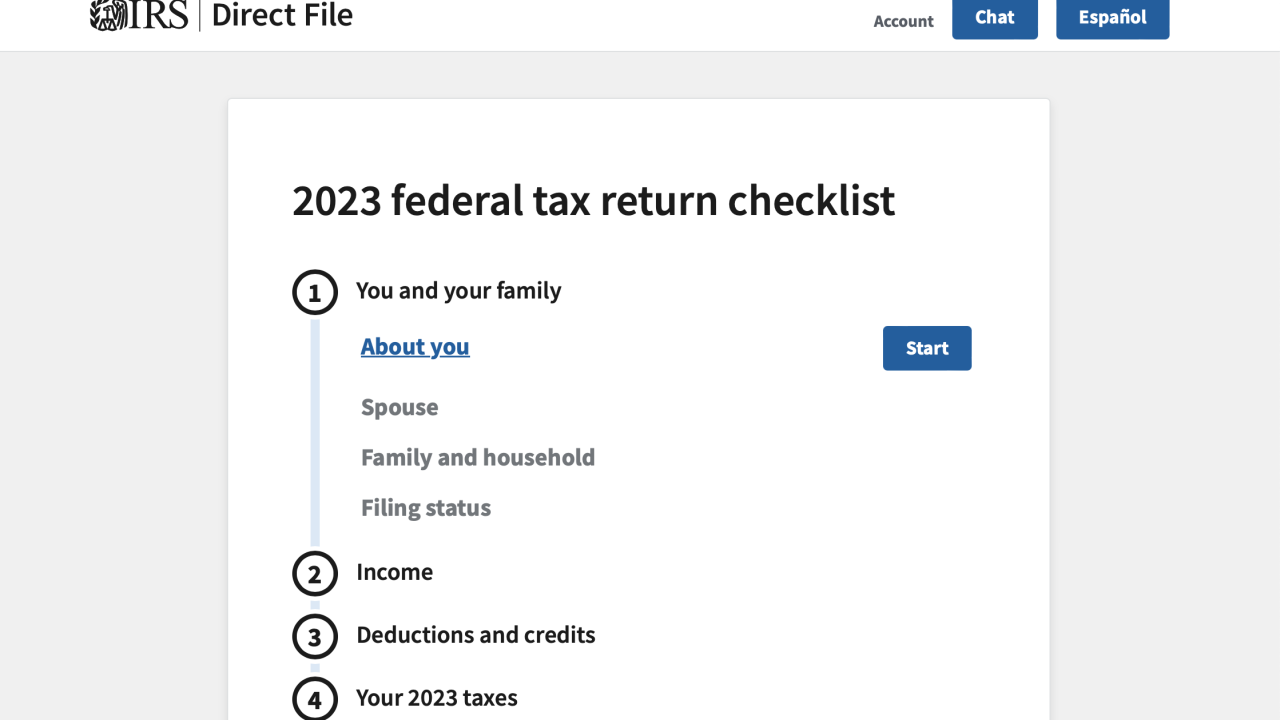IMGCAP(1)][IMGCAP(2)]Tax compliance, tax provision, sales and use tax, transfer pricing, and state tax apportionment—automation is available for each of these laborious tasks.
As companies’ tax-reporting responsibilities have become more complicated and voluminous, vendors have developed software to address much more than just the annual income tax return. Here’s a roadmap to the benefits, costs and best practices for companies considering tax automation.
Most if not all tax directors and CFOs are aware that annual income tax return preparation has been automated for some time. For many years corporate tax returns have been prepared on commercially available software and the supporting documentation prepared on automated spreadsheet software. In addition, there have long been software applications to handle sales tax and consumer use tax collection and payment responsibilities. Most other tax-reporting tasks have been performed using commercially available spreadsheet, database or word processing applications.
Today, software is available to automate numerous tax processes and calculation tasks including, but not limited to tax provision for U.S. GAAP and IFRS, tax return compliance, global data collection, uncertain tax positions, workflow, transfer pricing, depreciation and fixed assets, sales and use taxes, property taxes, tax research, 1099 reporting, entity management and tracking, auditing, tax calendars, tax data warehouse management, ERP tax integration, stock compensation tracking, tracking earnings and profits, research and development calculations, unclaimed property, state tax apportionment and planning, and Form 5500 reporting.
Since the Sarbanes-Oxley law went into effect over five years ago, some corporate tax departments have been subject to significant deficiencies and material weaknesses in the area of the financial reporting of taxes. In fact, some errors in tax reporting have led to restatements that have affected stock prices and eventually caused shareholder lawsuits.
In many cases, these were the result of errors related to home-grown legacy spreadsheets used by the tax departments for FAS 109 (ASC 740), “Accounting for Income Taxes.”
In response to this, numerous software vendors developed tax provisioning software applications that have been used successfully since the early days of Sarbanes-Oxley compliance. Over the past few years, software vendors have integrated these programs with tax return compliance software tools, as well as numerous other tax software tools.
Tax automation can either be proactive—to mitigate risk and take advantage of increased efficiencies—or reactive, a result of perceived or actual automation requirements to remediate a deficiency or improve a process.
The benefits of tax automation include better internal control of tax reporting responsibilities, mitigation of numerous risks (including those due to personnel attrition), electronic warehousing of multiple years of data, and flexibility to address changes to a company’s environment and legislative changes. The size and cost of a tax automation project depends upon which software applications are needed to automate the required tasks.
In general, the costs associated with tax automation include licensing one or more software applications, and engaging a service provider to implement the software. There may be additional training and ongoing support costs. Tax personnel and possibly IT personnel will also need to devote time to the project. If done correctly, this time commitment can be minimized.
These software applications can either be hosted by the software vendors or installed on company servers, depending on the software selected.
The benefits of tax automation to a CFO or tax director can be categorized into four areas:
• Risk management. Tax automation increases “peace of mind” as the automation is generally SOX compliant (SAS 70/SSAE 16) and takes into account internal controls. Automation decreases the opportunities for significant deficiencies, material weaknesses, and/or restatements.
• Financial benefits. Automation allows for enhanced tax planning and potentially lower effective tax rates for federal, state and international income tax expenses. In addition, automation provides direct and indirect cost savings as a result of speeding up processes and reducing the use of resources. Tax department personnel may spend more time doing other, more important work as a result of having to spend less time preparing the provision. However, as a result of reducing error-prone spreadsheets, there may be a possible reduction in audit and tax preparation hours.
• Operational efficiencies. Tax software tends to enhance tax department integration with finance groups as a result of bridging or mapping to existing ERP general ledger systems. Many companies realize a significant reduction of the time they would otherwise incur preparing quarterly or annual tax provisions, freeing up more time for value-added tasks. Automation also allows for faster turn-around time in routine tasks and helps shorten the close cycle. Automating the transfer of data between a provision tool and the tax return software can speed up return preparation and enhance the process of booking tax journal entries. Overall, the return-to-provision process and time required can be improved.
• Other benefits. Automating will prepare a tax department for the possible transition to IFRS reporting. Tax software can also be used to create an electronic global tax data warehouse of information, minimizing the impact of personnel turnover due to the standardization of these tools.
Successfully automating the tax lifecycle from data collection to tax provision preparation and tax return compliance requires good software, competent implementation teams and proper training. Here are the necessary steps for a successful implementation:
• Select software that will integrate best within your organization.
• Clearly define the project scope, project plan and deliverables.
• Interview the applicable personnel and request and gather all the necessary data.
• Implement the system using best practices, in the most efficient manner, and within a stated time period.
• Integrate SOX considerations, internal controls and documentation.
• Customize training for end users, perform parallel period testing of automation, process and results.
• Check all the work, get the necessary sign-offs and go “live” with the system.
Mike Holt, a partner in the BDO Tax Automation Consulting Services practice, can be reached at





